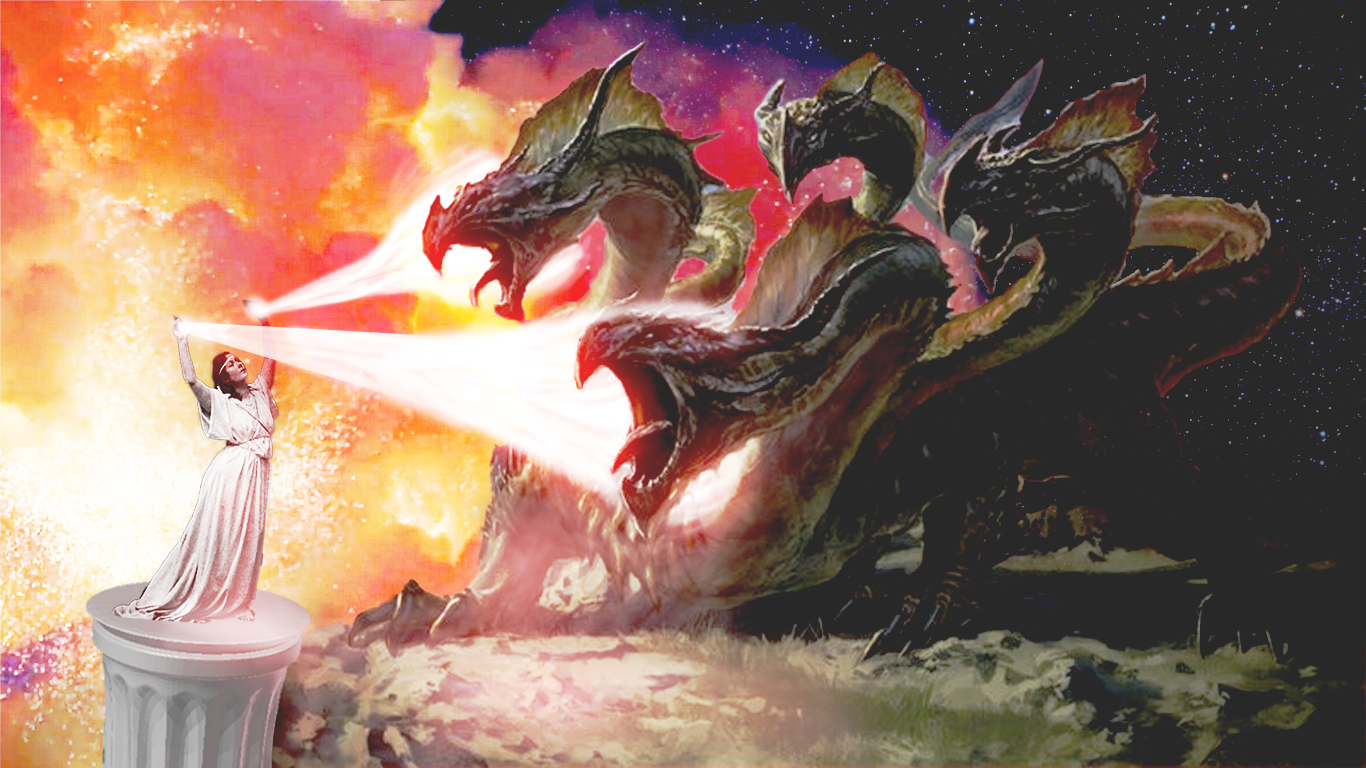Through the history of revolution that occured in the dance field at the beginning of the XXth century, Kasia Wolinská and Frida Sandström work through a practice-based reflection on the legacy of dance taking into consideration the “unseen’ or which was ‘weaponized’ for the sake of cultural and political transformation. This is the dance work and the framework, reactivating moments in dance history referring to us, the future bodies. Through the responsibility for these gestures, the autonomy of the body at work is investigated. As an ongoing research on the dual dependence of moving, talking and writing, Wolinská and Sandström rejects the body-mind-dichotomy and proposes a study in-between bodies and words. In a scored lecture, participants of every background knowledge are invited to listen, feel and act.
The body’s history is a network of stories about shaping, constitution and subjugation it to and through regimes and ideologies. The body the site of ideology unfolding into aesthetics, body norms, gendering and racialization of the flesh. The body remains at work throughout the development of civilization: mediated, extended and organized by multiple technologies and philosophies. It was born out of its sociality, like Aphrodite out of foam. The dancer is born out of the hell of contemporaneity, chased by the past, the ancient body. What is within us, bursts out into the space and we need strategies to manage this archive, to mobilize it whenever the time is right. What are the political potentialities of dancing bodies? According to literary scholar André Hewitt, a dancer ”comes to represent the possibility of a self-sustaining energy, exciting itself through a reading and reiteration of its own rhythm (Hewitt, Social Choreography, 2005, p. 45).
Through development of scored proposal for shared space of dance and theory we aim at dismantling sharp distinctions between disciplines and registers of knowing and bring body to the foreground when it comes to constituting alternative modes of relationality and exchange of ideas for the possible futures.
Excerpt from the score
There are both bacteria and demons in our bodies.
It’s together with them that we rave.
We have always been raving, in the darkest caves and in the brightest sunlight.
Dancing, we give substance to what was previously unnamed and intangible.
Once in a while it’s good to shake it off.
Some people say that it’s like healing, that it is a transformation of traumas and limitations.
At its best, dance can transform what’s around us.
It is radiating, it brings about change.
Dance contains us at the moment when what’s within us outbursts into space.
Frida and Kasia met first in 2014 in Copenhagen. After their reunion in 2016 they are in conversation and artistic collaboration, developing the practice of shared research and writing.
Frida Sandström’s practice takes place in the intersection of art criticism and the pedagogical, with writing and performance as its core. She is one of the editors of Paletten Art Journal and a frequent writer in Swedish cultural journals and magazines. Frida currently studies a masters program in aesthetics at Södertörn University.
The Future Body at Work image by Ashiq Khondker

